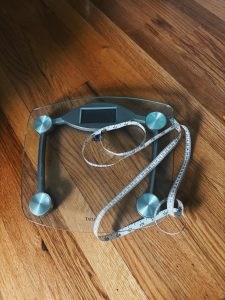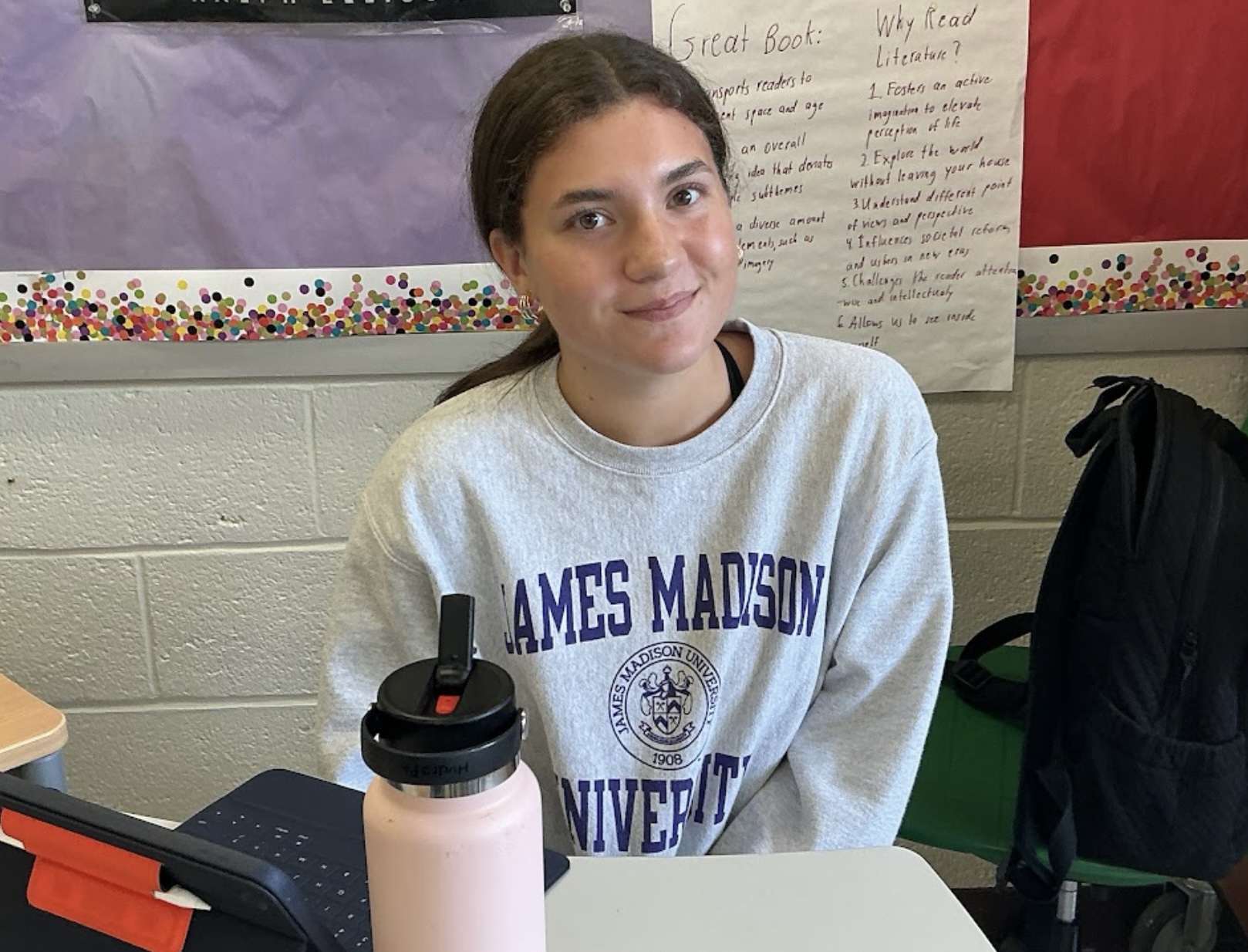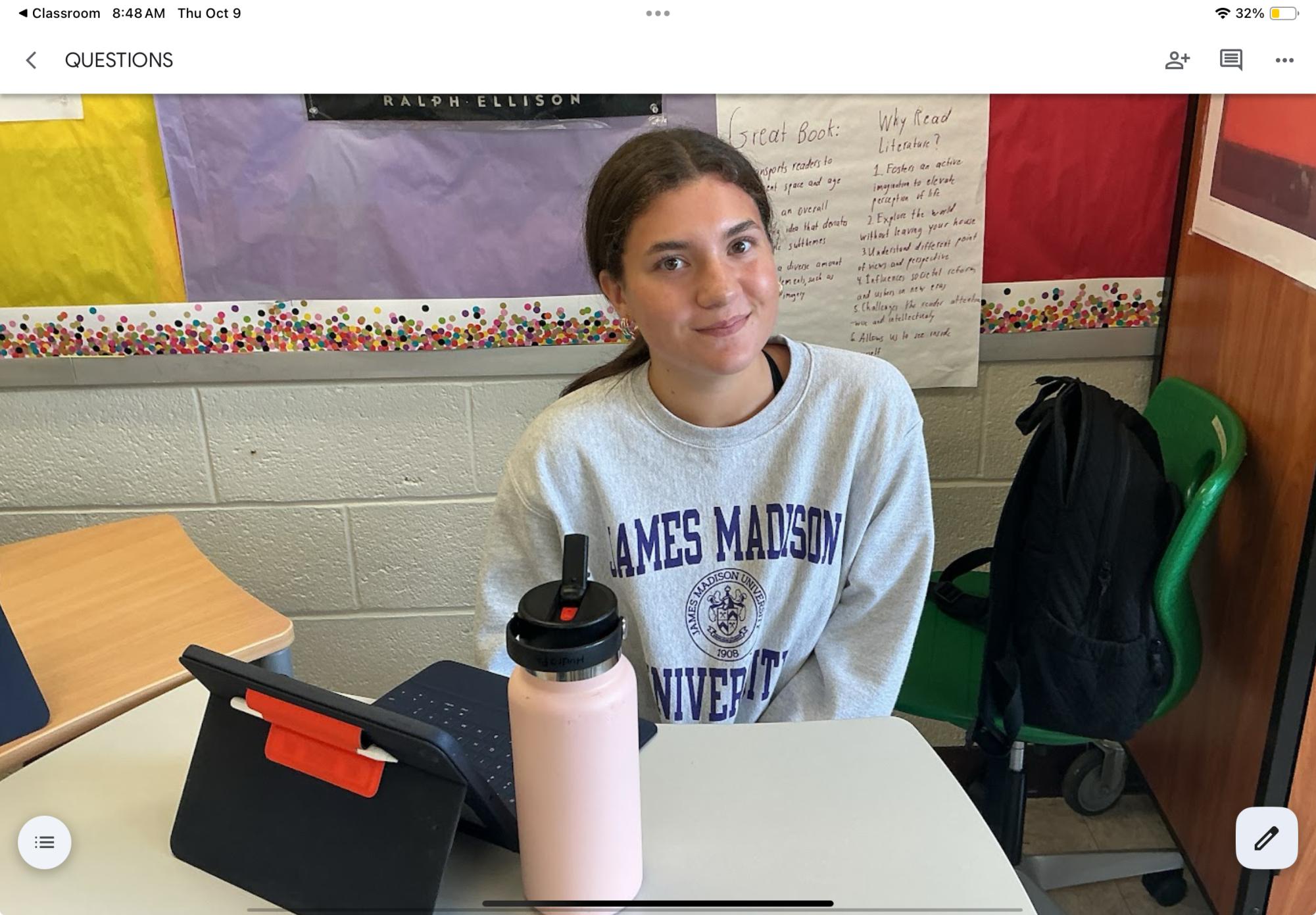Excessive Screen Time is the New Normal
December 11, 2020
Almost everyone can remember when, just a few years ago, when most current high school students were children, doctors encouraged limited screen time.
However, with the pandemic amongst us, virtual learning has become the new normal. Schools all over the world are completely shut down and since many schools are still closed to in-person instruction, students spend the entire school day learning on their iPads or laptops.
In the New Providence School District, every student K-12 is provided an iPad for virtual learning. Even though students are given the opportunity to come into school given the hybrid schedule, students still spend about 5-6 hours total on their iPads just during the school day. This isn’t even taking in account the time that children and teens of different ages spend on their phones, laptops, or iPads in their free time.
The National Institutes of Health conducted a study in 2018 of 10,000 children that found those who spent more than two hours a day on screens scored lower on thinking and language tests. This study also showed that children experienced thinning of the brain cortex when spending more than seven hours a day of screen time, harming a child’s area of reasoning and critical thinking.
The pandemic has forced many more children to spend even more time on their devices.
Diana Benites, mother of first grader Eric Jr. at Allen W. Roberts School, said that learning now is very different compared to her when her two daughters were in elementary school. She explained that parents of these younger students have to be as attentive as the kids themselves: “When my other two daughters were in first grade about 10-12 years ago, the school didn’t even provide them iPads, and now they do almost all of their work on the iPad, at home and in school.”
The recommended screen time for a 6-year-old child is about 1.5 hours a day. Virtual learning alone is roughly 4-5 hours for children, and even students like first grader Eric Jr. who go to school with their cohort in person according to the hybrid schedule still use their iPad throughout the in-person school day. Additionally, these first graders submit almost all of their assignments via their iPad.
Not surprisingly, teenagers have the highest screen time averages with about 7 hours according to the Washington Post.
Mali Sanders, a junior at New Providence High School, says that she uses her phone a lot throughout the day and her screen time has only increased with the pandemic.
Apple phones provide an average of the screen time used per day, and Sanders said, “My average screen time for yesterday was about 6 hours and 20 minutes.”
This is just below 7 hours, which is only on her phone, not an iPad or laptop for school.
Sanders does hybrid learning, so she goes into school every other day and the days where she is not in person she does her classes over Zoom.
“I chose hybrid over virtual learning because I wanted to see people again, but my parents also wanted me and my siblings to go to school in person,” she said.
If you add up the individual phone screen time (about 6.5 hours) with the time spent on the iPad during the school day (5.5 hours) in addition to the time spent doing homework (which wasn’t provided by Sanders but can be around 1-2 hours depending on the workload that day), this totals to roughly 13 hours of screen time on average. This is, of course, only an estimate, and some of that time is likely when multiple screens are open at once. But even then, for a 16 year old, that is a lot more than is recommended.
The consequences of this overexposure can be serious. Sanders mentioned how excessive screen time has resulted in more headaches and generally feeling more tired. She said there is also less time to spend with family and friends.
Diane Benites, a 19-year-old sophomore college student, expressed similar concerns. Diane chose to do hybrid learning at Syracuse University because it is the only in person learning offered with maximum exposure.
Diane said she probably spends around 10 hours a day on her phone and around 9 hours on her iPad and laptop for classes and homework.
Like Sanders, Diane says she always has headaches and ironically, never knows what time it is.
She also said, “It’s really hard to learn over Zoom especially as a college student and preparing for medical school; sometimes I feel like I’m really not learning anything.”
This new way of learning cannot be compared to how students were learning even a year ago. Over the past few years, students were spending less time on paper as new technologies were being introduced. But now more than ever students are learning and doing schoolwork on their iPads and laptops a majority of the time. It’s inevitable that this trend will continue, but is it the best choice for students?
















